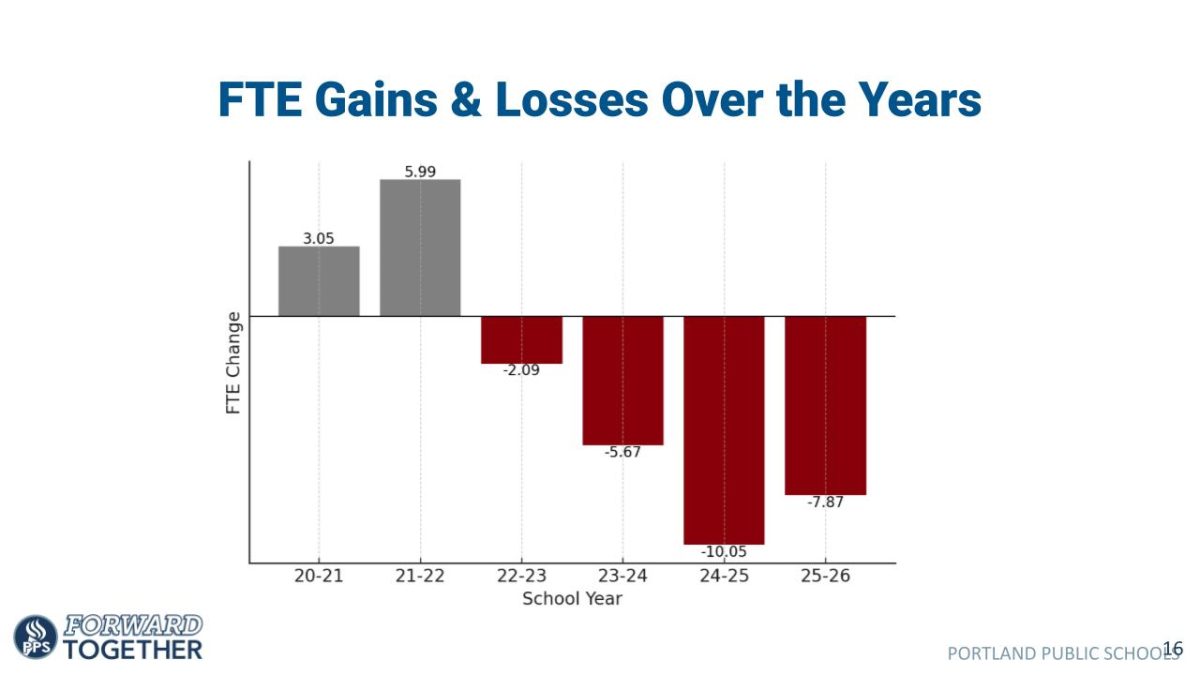In 1968, a new band was formed that shaped the rock genre forever. Black Sabbath got popular for many reasons, one being their very unique sound. Tony Iommi, the guitarist, had the tips of his fingers cut off in an accident at a metal factory when he was 17; he used dish detergent bottles to create fake fingers, as well as detuned his strings, making them easier to push down, which created the different sound Black Sabbath has. That, along with a mix of bending strings while hitting the open strings, created a much “wilder” sound. Geezer Butler, the bassist, was supposed to be creating these melodic runs that he didn’t know how to do since he was used to being a guitarist, so instead he just followed Iommi’s riff to make the sound heavier.
According to Rolling Stone, Black Sabbath’s top five most popular albums were all created in the 1970s: “Paranoid,” “Black Sabbath,” “Vol. 4,” “Master of Reality,” and “Sabbath Bloody Sabbath,” They continued making music throughout the ‘80s and ‘90s with a final album in 2013 titled “13.” In the 1980s another band arose that became a leading title among metal fans. Iron Maiden influenced huge bands such as Metallica, who followed them up in the early 1980s with their first big album “Kill ‘Em All.” Metallica is one of the “big four” thrash metal bands, along with Slayer, Megadeth, and Anthrax. Thrash metal often features faster tempos, low register, which is a style of singing that uses mainly only your speaking voice, double bass drumming, and more. Metallica’s most popular album according to Louder Sound is “Master of Puppets,” released in 1986. “Master of Puppets” is widely regarded as one of the heaviest metal albums and introduced more people into thrash metal and metal as a whole.
During the mid 1990s, however, the metal scene slowed down. With grunge and rap music becoming more popular, the audience for death and thrash metal severely decreased. Bands like Soundgarden came onto the scene which held a slower tone to thrash metal. During this time a subgenre of metal called black metal started gaining popularity, often notable from its shrieking vocals, distorted guitars, and unconventional song structures.
In the late 1990s a genre called nu metal joined the scene, a style of metal that takes inspiration from many genres of music such as hip hop, alt rock, funk, and more. Bands like Korn and Slipknot started gaining traction with both of their debut albums, “Korn” by Korn, and “Mate. Feed. Kill. Repeat.” by Slipknot.
During the mid 2000s the French band Gojira started getting popular; their album “From Mars to Sirius,” released in September 2005, talked about issues involving the environment. They fall into the subgenre of progressive metal; it was formed in the 1980s but didn’t start gaining popularity until the 1990s. The style is a mix of heavy metal and progressive rock, with the anger and aggression that’s often part of heavy metal and the amplified guitar sounds of rock.
A common occurrence in any genre of music is originality and the struggle that comes with creating unique sounds. This becomes even more of an issue when bands get bigger and get picked up by huge record labels. “Their record producer or somebody [says] ‘this is popular, we should copy this because it makes a lot of money,’” says Nathan Myers, a local Portland artist and Metal fan. “I really feel like being original and expressing yourself in those kinds of ways is really important. I know that’s something that kinda got messed up, I feel like in the mid 2000s.”
“I saw a study one time that there’s 300 genres, subgenres, and microgenres. Realistically there’s probably like 40… Most types of music don’t have that many,” says Bryan Bardine, author of the book “Living Metal: Metal Scenes Around the World.” Heavy metal is always changing and adapting to the environment, and metal throughout the world is different as well. Incorporating different sounds and instruments from different cultures, and with the amount of subgenres there are in the scene, there’s something for everyone in the world of metal.

































